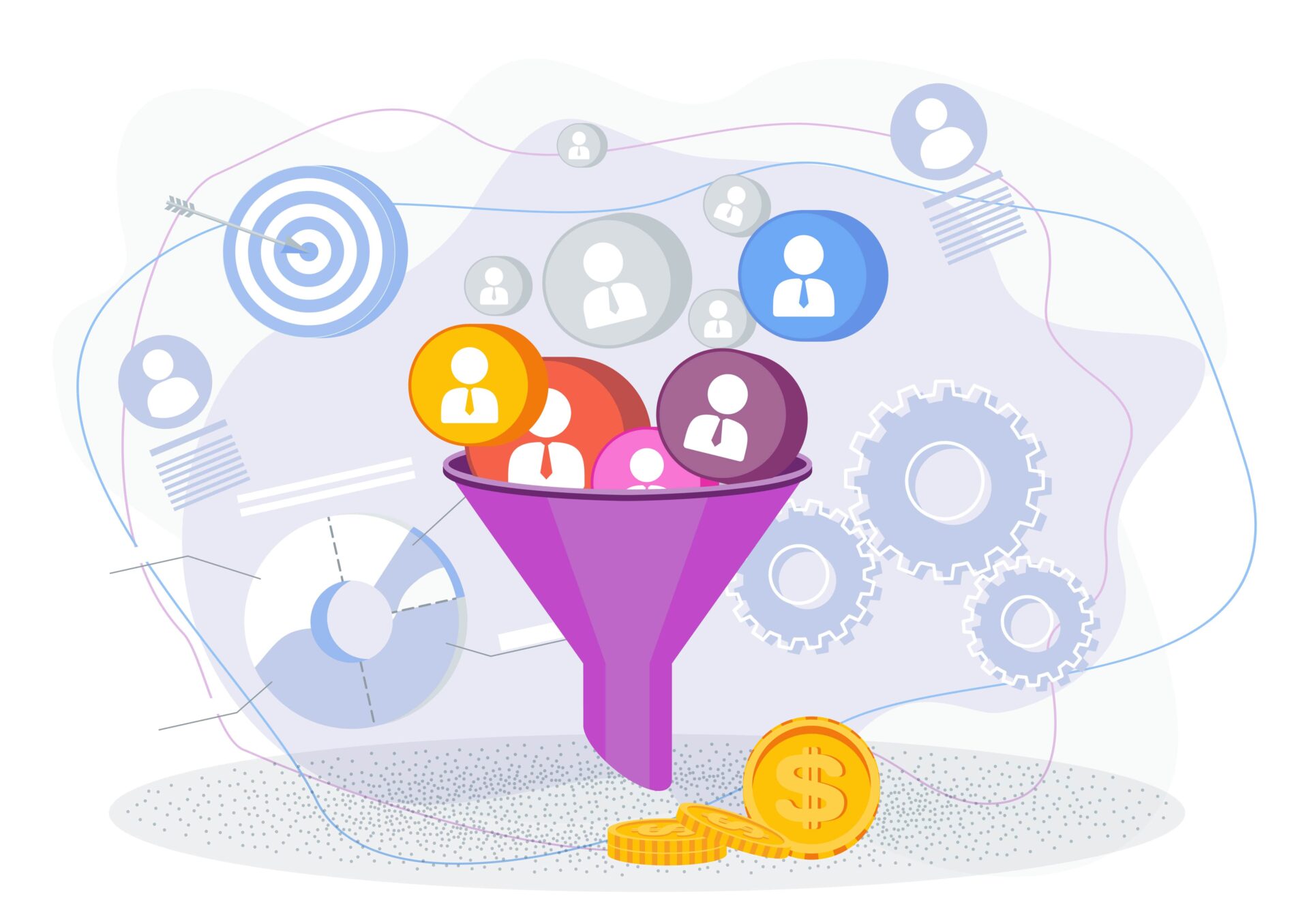Customer experience in retail

Over the years, the focus on user experience (UX) and user interface (UI) has been constant, but today, we are increasingly moving towards another equally crucial concept: customer experience (CX). This shift, marked over the past decade, reflects a society that is becoming more and more digital, where many product and service offerings are exclusively online. Indeed, it has become rare to find a company with only a single physical store. Yet, despite this dominance of digital, physical stores retain an undeniable advantage: the ability to respond quickly to the needs and requests of customers. This responsiveness represents an added value that the digital world cannot yet match. So, how can you stand out and build a trusting relationship with your customer? What digital approach should you adopt?
CX to do what ?
Customer Experience (CX) has become a true growth driver for companies. With the rise of democratized information, power has shifted back into the hands of the consumer. Consumers now have the power to compare not only the prices and materials of one brand to another but also the values and customer experience offered. Indeed, it drives the company’s activity to build a crucial differentiation factor in an increasingly competitive digital market. Customer experience is thus just as important as the products or services offered by the company, but it is sometimes overlooked. Given this rapid evolution in consumer behavior, brands must adapt to these new practices by centralizing their efforts and actions to tailor their services both in-store and online. A study conducted by Salesforce shows that customers consider retail to be the third-best sector when it comes to providing a good customer experience. Therefore, it is crucial to consider the customer journey in its entirety.
To improve CX, start by assessing the current situation, collecting data to measure certain parameters, and identifying indicators that provide a better understanding of customer satisfaction. Then, map out the customer journey to put yourself in their shoes: What are they looking for? Where do they find the answer to their question? Next, identify retention points and friction points: At which stage of the journey might I potentially lose my customer? The idea is to consider your customer as an important and valued individual. Gather data about them from direct feedback, recency, and frequency of purchases, etc. Based on this information, the data will be used to improve CRM systems, which will then optimize and refine the consistency of the customer experience offered across all channels.
In the retail sector, we observe the interaction of two complementary modes: physical and digital. Customers, increasingly mindful of their budgets, are willing to invest in a quality customer experience. This trend applies to both B2B and B2C, where customers are changing their behaviors and have new demands. Today, the customer juggles different channels, moving from social media to physical stores, and using various touchpoints. They research products, compare before making a purchase decision. But more than just searching for or buying a product or service, they seek a pleasant, fluid, and positive experience that they will remember and want to repeat.
In this context, it is essential for companies to focus on their customer above all else: know them intimately, understand their needs and desires by regularly gauging their opinions. By placing the customer at the center of their concerns, companies can not only meet their expectations but also exceed them, creating lasting and fruitful relationships. We will capitalize on as much data online and offline as possible, which will allow us to track consumers to offer 360° offers tailored to their needs. The idea here is to minimize the breakpoints between the customer experience in-store and online, and vice versa. We will ensure that it is smooth, intuitive, and fast: minimizing checkout time and ensuring the website loads quickly go hand in hand.
It is clear that the multichannel approach is now essential for improving customer engagement and loyalty, and thus the company’s revenue. Indeed, one of the most important KPIs for retail is the long-term loyalty of customers. The better the customer experience, the more likely customers are to remain loyal. With a personalized customer experience, we ensure the creation of a relationship of trust, loyalty, and satisfaction in the long term, whether in-store or online. What must be remembered is that a customer does not just buy a product or service but the entire customer experience that comes with it. And it is for this reason that customers will naturally turn to brands that offer the best shopping experience.
The 3Rs of Customer Loyalty
In the field of customer loyalty, the “3Rs” are essential to ensure a lasting and profitable relationship with customers.
→ High profitability is a key indicator of customer loyalty. A loyal customer generally brings more revenue to the company because they spend more and more frequently.
→ Retention of existing customers is crucial. A loyal customer is more likely to stay with a company for the long term, reducing the need to acquire new, costly customers.
→ Repeat purchases: A loyal customer makes regular purchases from the company, creating a steady and predictable revenue stream.
In addition to these three “R”s, recommendation also plays a crucial role in customer loyalty. A satisfied customer is more likely to recommend the company to friends and family, generating new business opportunities. A satisfied customer is a loyal customer, creating regular revenue and reducing costs associated with acquiring new customers. Loyal customers are also brand ambassadors, opening up new business opportunities and enhancing the company’s reputation.
EXPERIENCE SPACES
In today’s retail landscape, more and more brands are seeking to create genuine experience spaces for their customers. IKEA, for example, stands out as a pioneer in this field, offering a sales space dedicated to the customer experience.
When entering an IKEA store, visitors are invited to follow a complete journey, traversing different settings that help them envision various everyday life scenarios and spaces. Personalization is at the heart of this experience, allowing customers to interact with brand elements tailored to their own uses and needs. Are you a student unsure how to arrange your 20-square-meter studio? No problem, IKEA does it for you, with style! The goal here is to foster a connection between the customer and the brand’s universe. Interactions with in-store staff go beyond a simple commercial exchange, aiming to enrich the overall customer experience, encouraging them to purchase the final product, be it a piece of furniture, a dresser, tableware, or even a rose-scented candle.
A visit to IKEA is more than just a shopping trip. It’s an immersive experience, where you can enjoy a pleasant stroll, taste Swedish culinary specialties, and explore a sort of life-sized customer journey. You don’t just go to IKEA to buy furniture, but to experience everything that comes with it, for an entire afternoon.
What sets the brand apart from its competitors is that this experience does not stop at the store walls. It extends online, allowing customers to add products to their favorites, preview furniture in their own environment, personalize their online orders, and even choose to pick up their purchases in-store or have them delivered. By collecting key data through the use of the mobile app and the IKEA Family card, the company enriches its customer knowledge and can thus personalize its offers based on the preferences and needs of each customer. This approach allows for extending the interaction with the customer beyond the store visit, creating lasting bonds based on a deep understanding of their needs and habits.
To stand out today and in the years to come, companies must adopt an omnichannel strategy focused on the customer experience and customer satisfaction. This requires a clearly defined action plan, focused on continuous improvement and adapting to the changing needs of customers. By investing in a well-crafted and unique customer experience and placing customer satisfaction at the heart of their strategy, companies can not only retain their current customers but also attract new ones and ensure their long-term success.
Find out what’s new at the company.
Because mixing fun and work is at the heart of our philosophy, we always try to make a special place for it in our business life.









































































